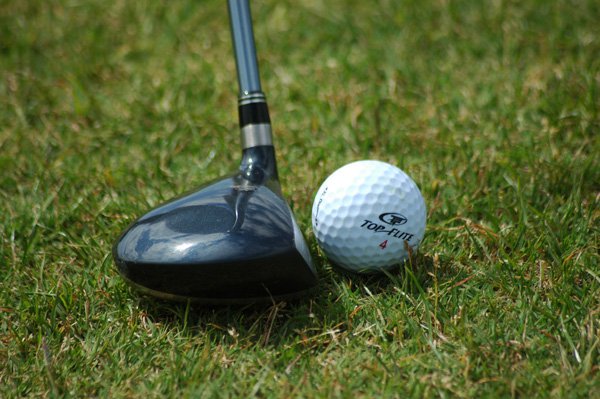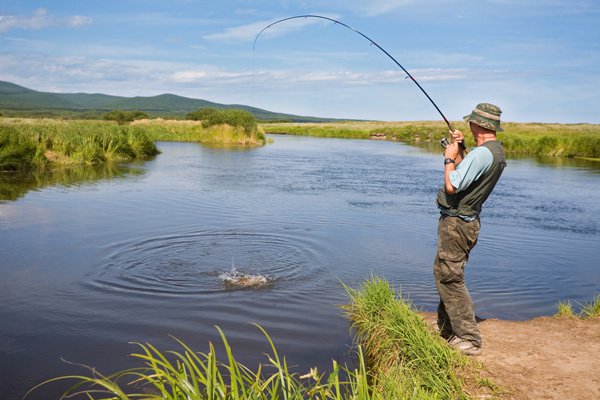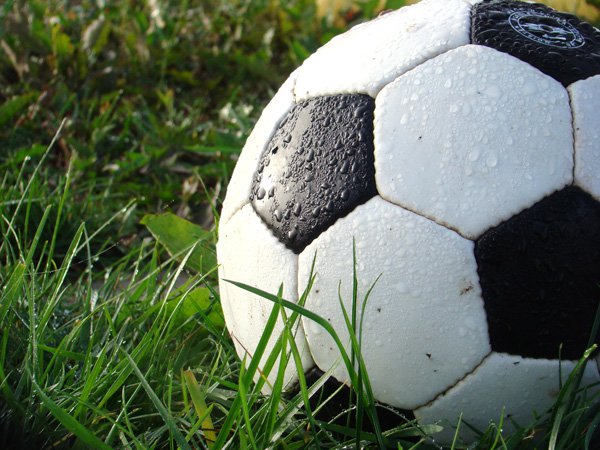How to Run
Question
Hi,
When I was a child, I was diagnosed with a condition that kept me from being able to run, for risk of further injury. Now, at 20, I just found out I was misdiagnosed and that running will not worsen my condition.
I have not ran since I was six but I want to start running for fitness. My doctor says I can, but I don't know how to run! What is proper form and stuff like that? I have no idea what I'm doing!
Thank you!
Jayde H.
Answer
A recent theory concerning human evolutionary development is that we are specifically evolved to run long distances. We are not the fastest runners in the animal kingdom (not even close), but we possess the most efficient cooling system of any animal on the planet : naked bodies air-cooled by all-over sweat glands. In fact, there are numerous examples of men beating horses in long-distance races (around 100 miles), not because they can run faster, but because they can run longer.
I'm mentioning all of this because the first thing you should know is that you were born to run. You will be able to run instinctively just like you learned how to walk. The only problem you are likely to encounter is that the types of surfaces available to us in the modern world are different than what we evolved to cope with.
There is a large barefoot running movement in vogue right now. The underlying premise of this philosophy is that the human foot evolved to work unshod, and that the shape and mechanics of modern running shoes (in particular, the oversized cushioned heels) negatively alter the way people run. Some believe that certain long-term running issues are the result of shoes and unnatural strides, rather than running itself.
I do not advocate barefoot running for the simple reason that foot lacerations are no fun, and will set back your training while you wait for them to heal. I do feel, however, that minimal running shoes are better. A minimal running shoe has a much thinner sole than what you see on regular sneakers. In addition, the heal is approximately the same thickness as the rest of the shoe. Many manufacturers have responded to the barefoot running movement and now produce few lines of this style of shoe. See if you can find one that is comfortable for you and is within your budget.
Next, you might want to start running on a local neighborhood track. Many high schools now have rubberized tracks that are open to public in the afternoons and evenings. These tracks are nice because they are clean, safe, and allow you to precisely track your progress without having to resort to fancy GPS devices.
If you normally wear lots of high-heeled shoes, you are in for some calf pain when you start running. This is because high-heeled shoes (or even built-up heels) can result in your calf muscles and tendons shortening over time. Then, when you try to run, these tissues are stretched beyond what they are used to and you will have pain. The key here is lots of stretching. Stretch before running. If possible, stretch after running too. Even better is to stretch them out occasionally during the day, such on the floor when you are watching TV. In time, these tissues will recover their natural lengths and you will be fine. In the meantime, limit your running to short sessions and pay careful attention to how your legs feel the next day. If they are sore, then wait a couple of days before running (but keep stretching!)
When you go running, I don't want you to be too concerned with form as you are just starting out. Everyone develops their own natural gait in a subconcscious process. There are only two things you need to keep an eye out for. The first is to watch how your foot lands on the ground when you step forward. Make sure you land on either your mid-sole or the ball of your foot. Do NOT land on your heel. If you have a minimalist shoe, this should not be a problem, because it is uncomfortable to land on your heel. You may notice that when you run this way, your stride is shorter than people landing on their heels. Also, in this stride your knee is very slightly bent when your foot strikes. This ideal, because the impact of your landing on a slightly bent knee is absorbed in the muscles of your leg, not the knee joint. Running in this way should nearly eliminate the risk of long term joint issues. (I've never had a sore hip, knee, or ankle in over 20 years of running!)
The second thing to look out for is your upper body. Try to relax your neck, shoulders, and arms. Most beginners instinctively tense up these muscles, which will cause fatigue and cramps. Imagine yourself from the waist up as a limp noodle. This comes naturally in time, because your body is instinctively lazy and will try to use the minimal amount of muscles needed for a given movement. But when you first start out, everything will feel unnatural and you are going to tense up. Try to relax and have fun!
Good luck!
Foot Pain/ Sprain?
knee problems after begining training


